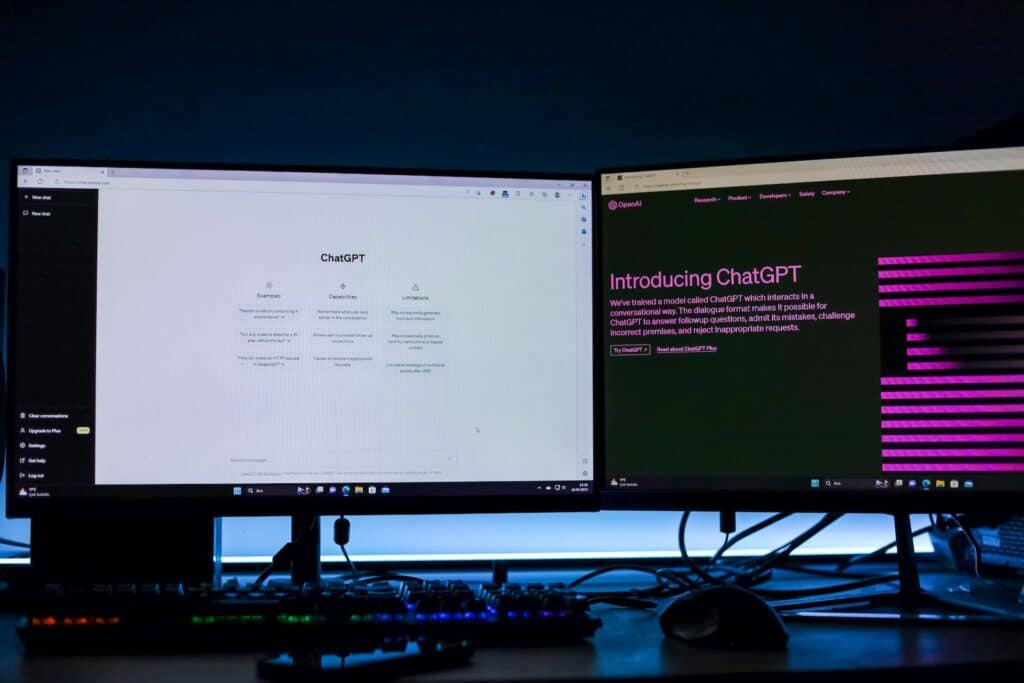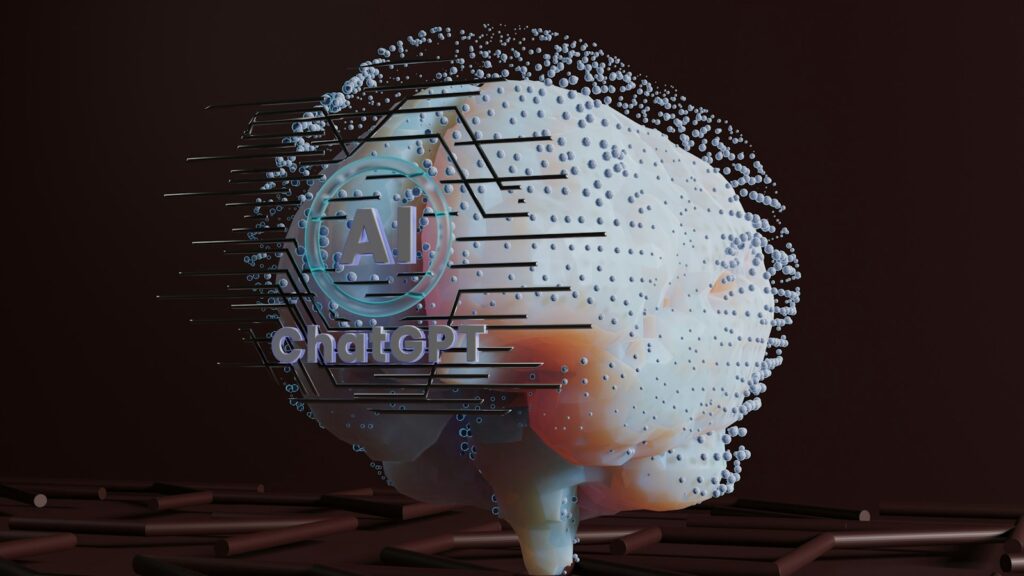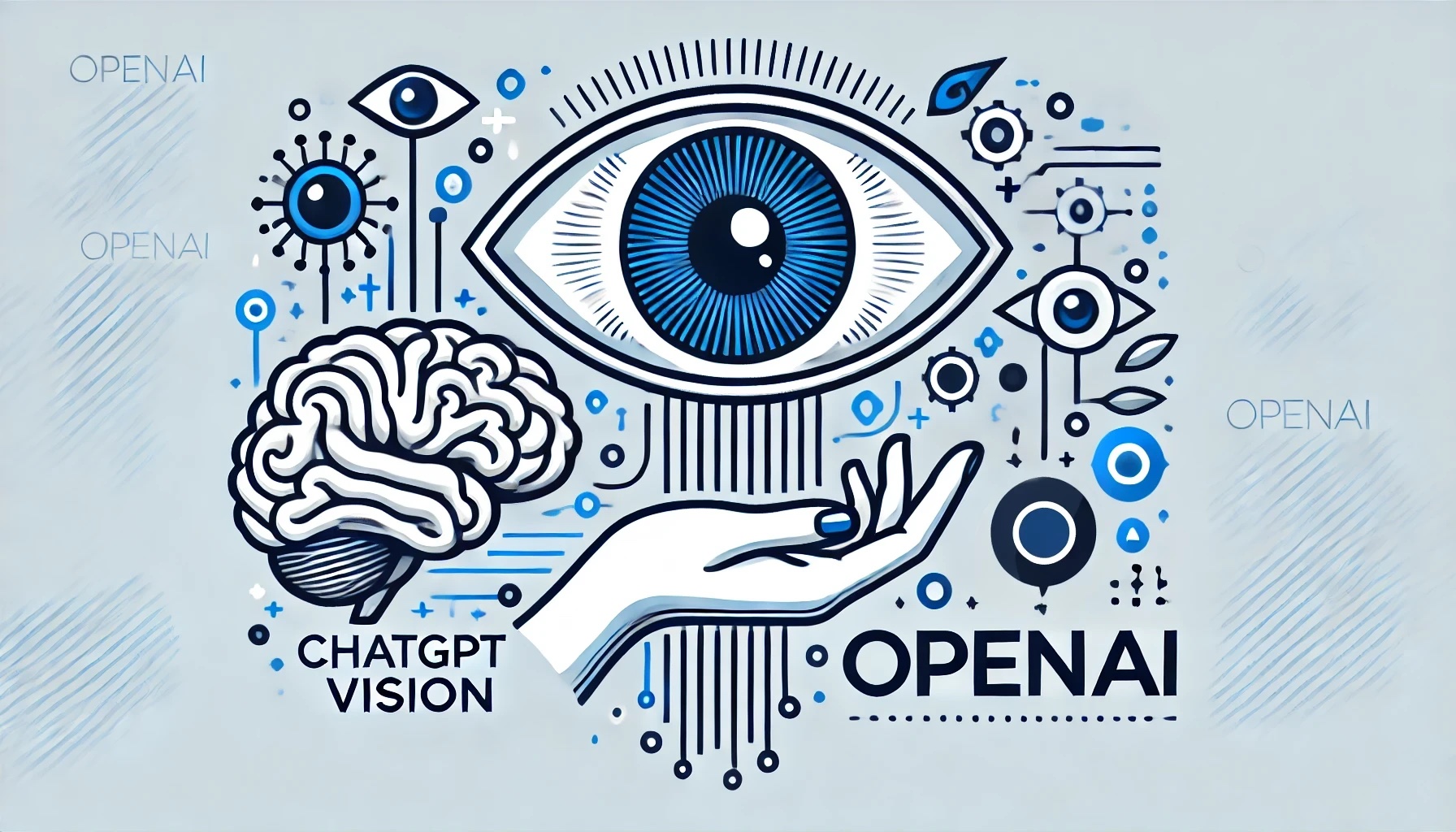ChatGPT has taken the world by storm as one of the most impressive demonstrations of artificial intelligence to date. Created by OpenAI, ChatGPT is a conversational chatbot that can understand natural language questions and respond with human-like answers on nearly any topic imaginable. Since launching to the public in November 2022, ChatGPT has amassed over 1 million users 1 and generated enormous buzz and debate around the current and future capabilities of AI.
So what exactly is ChatGPT and where did it come from? OpenAI is a San Francisco-based artificial intelligence research company founded in 2015 with the mission to build safe AI that benefits humanity. Co-founded by Silicon Valley luminaries like Elon Musk and Sam Altman, OpenAI made waves in the tech world with the release of its GPT-3 natural language model in 2020. ChatGPT represents the next evolution of this technology, fine-tuned for dialog and question answering. Powered by a machine learning technique called transformer neural networks, ChatGPT can generate remarkably human-like text after “reading” vast amounts of data from the internet.
While ChatGPT still has some limitations, its ability to hold natural conversations on nearly any topic while providing thoughtful and nuanced responses has sparked widespread intrigue and imagination about the possibilities of AI. As ChatGPT continues to develop and improve, it provides a glimpse into a future where conversational agents could become a useful and even indispensable part of our everyday lives.
How ChatGPT Works

ChatGPT is built on a transformer-based neural network architecture called GPT (Generative Pre-trained Transformer). The key to ChatGPT is its massive scale and training methodology.
ChatGPT uses a variant of GPT called GPT-3.5, which contains approximately 175 billion parameters. This allows it to generate remarkably human-like text across a wide range of conversational contexts. As explained, GPT-3.5 is trained via reinforcement learning from human feedback, allowing it to continually improve its responses.
The GPT architecture uses an encoder-decoder structure. The encoder maps the input text into a latent space representation, which the decoder then uses to generate the output text. Multiple attention layers allow the model to learn contextual relationships within and across sentences.
According to this article, ChatGPT is fine-tuned using a technique called Reinforcement Learning from Human Feedback (RLHF). The model is presented with a conversation and two potential responses. It receives a reward signal based on whether humans find its selected response to be appropriate, which improves its conversational ability over time.
The end result is an AI system capable of remarkably human-like dialogue across many domains. While it cannot reason or rely on true contextual understanding, its statistical language modeling allows ChatGPT to generate coherent, fluent, and seemingly knowledgeable text.
Capabilities of ChatGPT

ChatGPT has demonstrated some remarkable capabilities that make it stand out compared to previous conversational AI systems. Some of the key capabilities include:
Conversational Ability
ChatGPT excels at natural language conversations. It can understand context and have back-and-forth dialogue on a wide range of topics. The conversational ability comes from its neural network architecture and training methodology. According to an article on uu.nl, “You can ask a question, and ChatGPT answers it. This usage is similar to giving a short prompt to a human conversation partner.”
Vast Knowledge Base
ChatGPT has been trained on a massive dataset of online text so it has accumulated a broad general knowledge on many topics. According to theperrincollective.com, “ChatGPT’s capabilities are vast and varied. Here are some of the ways it can be used: 1. Language Translation. ChatGPT has been trained on millions of example translations, allowing it to translate text between over 70 languages.”
Creative Potential
In addition to answering questions, ChatGPT can generate unique text like stories, poems, jokes, and more based on creative prompts. Its generative capabilities open up possibilities for using AI to assist human creativity.
Language Translation
As mentioned above, ChatGPT is able to translate between over 70 languages. This makes it useful as an automated translation tool.
Code Generation
Given a natural language explanation of what code needs to do, ChatGPT can generate code in languages like Python, JavaScript, and more. This assists programmers by automating routine coding tasks.
Limitations of ChatGPT

While ChatGPT has demonstrated impressive capabilities, it also has some significant limitations users should be aware of. The main issues stem from its status as a limited AI system trained on finite data.
One major limitation is the potential for inaccuracies. According to one analysis, ChatGPT’s responses were factually incorrect or misleading around 5-10% of the time (source). Since ChatGPT does not have access to the internet or continuously updated knowledge, its training data can become outdated. This issue is exacerbated by the lack of true reasoning abilities.
Although ChatGPT can intelligently generate responses based on patterns in its training data, it does not actually understand concepts or meaning. The system lacks the logical reasoning and contextual awareness to determine if its responses make sense beyond a surface level (source). As a result, it can hallucinate facts or generate logically inconsistent responses.
Finally, as an AI system, ChatGPT is limited by the scope and biases of its training data. While it was trained on vast amounts of text, there are inevitably gaps in its knowledge. Any biases and inaccuracies in the original training data are propagated through the system. Ongoing training and testing is required to continually improve ChatGPT’s knowledge base and mitigate these issues.
Comparison to Other AIs
ChatGPT stands apart from other well-known AI assistants and chatbots like Amazon’s Alexa, Apple’s Siri, and Google’s LaMDA (Language Model for Dialogue Applications). While Alexa and Siri are programmed to respond to voice commands and queries, ChatGPT specializes in nuanced, human-like conversations. LaMDA is more similar in utilizing deep learning for conversational AI, but OpenAI claims ChatGPT has a considerably larger knowledge base and was trained on far more data.
Whereas Siri and Alexa operate based on rules-based programming and have limited abilities, ChatGPT leverages advanced machine learning to generate original responses and have natural conversations. Google touts LaMDA’s use of neural networks to sound more human, but critics argue it often still sounds scripted compared to ChatGPT. While Google Assistant and Alexa excel at retrieving factual information, ChatGPT demonstrates greater reasoning skills and ability to provide in-depth explanations.
ChatGPT also displays more common sense and awareness of how its answers may be perceived. Another key contrast is that ChatGPT learns from new conversations, while Alexa, Siri and LaMDA have more static knowledge bases. However, unlike the other AI assistants which are designed for voice, ChatGPT currently operates exclusively through text.
ChatGPT’s Development and Roadmap
OpenAI has been transparent about their plans and process for advancing ChatGPT’s capabilities. According to the Android Authority, OpenAI CEO Sam Altman has spoken about releasing ChatGPT-5 in January 2024. This next-generation model will likely see improvements in accuracy, reasoning, and knowledge.
In the near-term, OpenAI is focused on improving ChatGPT’s accuracy and expanding its knowledge base. As reported by Player.me, leaked information suggests OpenAI will continue training ChatGPT on more data to reduce harmful responses. There are also plans to give ChatGPT access to a larger knowledge base to improve the breadth and depth of its capabilities.
According to experts like What Are OpenAI’s Future Plans For ChatGPT?, future iterations of the model will have enhanced reasoning skills to complement the conversational abilities. This will allow ChatGPT to not just provide information, but also logical explanations and conclusions based on available data.
Potential Applications

ChatGPT has the potential to be highly useful across a wide range of industries and applications, from business to education to content creation. Some of the most promising use cases include:
Business Uses
Within business, ChatGPT can be used for customer service, marketing and communications, data analysis, and even some basic tasks like scheduling or note-taking. According to one source, it has the potential to automate up to 30% of business tasks.[1]
For example, ChatGPT could respond to common customer service inquiries, generate ideas for social media posts, or summarize reports and data. It can also translate content into multiple languages for international businesses.
Education
In academics, ChatGPT may be used by teachers to create lesson plans or study materials. Students could employ it to get explanations for difficult concepts, summarize texts, check work or expand on essay ideas. However, there are valid concerns about improper use for cheating.[2]
Healthcare
Some potential healthcare applications include administrative tasks like appointment booking, patient education materials, and even assisting with medical questions and diagnosis when supervised by doctors. But accuracy and responsibility issues remain.
Legal
Within law, ChatGPT could help generate legal documents like contracts based on prompts, or conduct legal research to find case precedents. It can greatly increase efficiency for repetitive legal tasks. However, a human lawyer is still required to verify accuracy.
Content Creation
Finally, ChatGPT is already being widely used to generate content like blog posts, marketing copy, news articles and more. However, there are concerns about originality and plagiarism. The AI still requires human editing and oversight to produce high-quality, unique content.
Implications and Ethics
As advanced AI like ChatGPT becomes more capable and widespread, it raises important ethical implications that need consideration. One major concern is the risk of the system generating misinformation. According to Stahl (2024), “Its content is effectively controlled by the data used to train the machine learning algorithm. Any biases or errors in the training data will be reflected in its outputs.” Because ChatGPT can make up information that seems convincing but is inaccurate, there is need to develop oversight mechanisms to detect misinformation
Relatedly, the conversational nature of the AI means users can readily prompt it to generate harmful, biased or unethical output. Per Talagala (2023), “It normalizes information without regard for accuracy or truth. There is also the AI existential risk of ChatGPT and these other algorithms becoming skilful manipulators.” This necessitates thoughtful oversight and guardrails to avoid harmful use cases.
There are also valid concerns about the automation of jobs and tasks. While ChatGPT has potential to enhance human productivity, its ability to generate content, code and more could displace many existing roles and livelihoods. These implications need ongoing ethical study, dialogue and policymaking to responsibly shape the future of AI. Overall, ensuring advanced systems like ChatGPT are used for social good requires proactive efforts in ethics and governance.
The Future of Conversational AI
Conversational AI is still in its early stages, with tremendous room for advancement in the years ahead. Here are some of the likely frontiers and challenges going forward:
One major frontier will be enhancing the reasoning abilities of systems like ChatGPT. While ChatGPT can hold knowledgeable conversations, its lack of true reasoning and common sense makes it prone to factual inaccuracies. Developing logically sound reasoning is an active area of research.
Another key challenge is reducing the tendency of large language models to generate biased, harmful, or misleading content. Techniques like human-in-the-loop training can help, but more robust solutions are needed.
There is also ample opportunity to optimize these systems for specific domains like healthcare, education, finance, etc. Rather than being generalists, future systems may become specialists.
When it comes to human productivity, conversational AI could act as a collaborator to augment human capabilities. As an example, ChatGPT could help generate content faster, while humans focus on providing creative oversight.
In the long run, widespread adoption of conversational AI could have profound societal impacts. While it may displace many jobs, optimists believe it can also create new roles and free up human time for higher-value work.
Policymakers will likely need to enact guardrails around areas like misinformation. The path forward will involve both tremendous opportunity and risks.
Conclusion
To summarize, ChatGPT is an incredibly powerful conversational AI system developed by OpenAI. It utilizes a massive machine learning model trained on billions of parameters to generate remarkably human-like text. ChatGPT has impressive capabilities in terms of conversational ability, diverse knowledge, creative potential, and more. However, it also has distinct limitations around accuracy, reasoning, and authentic understanding.
When compared to other AIs, ChatGPT stands out for its conversational strengths, though systems like Google’s LaMDA may have advantages in areas like factual precision. Looking ahead, OpenAI plans to continue enhancing ChatGPT’s capabilities through expanding its knowledge base, improving reasoning, and increasing accuracy.
There is immense potential for ChatGPT to be applied in a wide range of real-world scenarios from business to education and more. However, there are also risks and ethical implications around misinformation, automation, and oversight that must be considered.
Overall, conversational AI like ChatGPT represents a technological breakthrough, but also poses many challenges for society going forward. If developed responsibly, such AI could enable amazing new possibilities, but the perils around misuse and disruption must not be ignored. Continued diligence, governance, and public discourse will be critical as these technologies continue rapidly advancing.
Disclaimer: The Author acknowledges that AI technology may have been utilized in generating the content of this site. However, the Author assumes no responsibility or liability for any errors or omissions in the content. The information provided on this site is intended to be informative and helpful, but it is provided on an “as is” basis with no guarantees of completeness, accuracy, usefulness, or timeliness. Visit our website disclaimer page as a reference.



